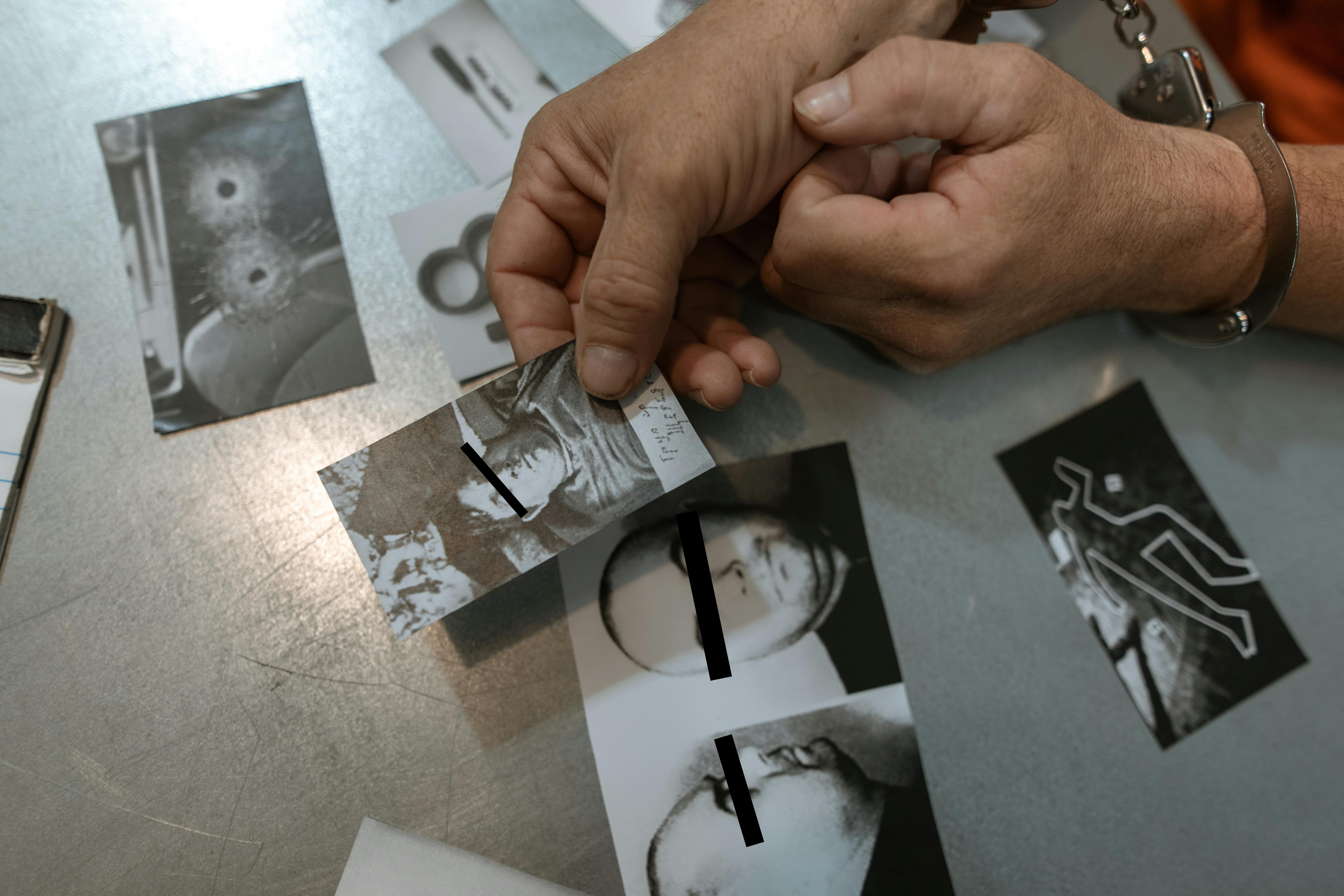
CCSVI and LYME connection
CCSVI – Chronic Cerebrospinal Venous Insufficiency is a condition that in the last four years has been discovered in association with Multiple Skelorosis (MS) by Dr. Paulo Zamboni in 2008 after 10 years of research. It’s so new; they are not sure what causes it and how to prevent it. The assumption regarding Lyme is that the bacteria or a co-infection causes some kind of sticky material that reduces venous flow out of the brain.
In the United States, the first case of CCSVI treatment protocols was pioneered by Dr. Michael Dake of Stanford University. E. Mark Haacke, MD, of Wayne State University, McMaster University, the Brain Body Institute, and the MRI Institute for Biomedical Research, is at the forefront of developing CCSVI imaging protocols and, in particular, the quantification of iron. Dr. Robert Zivadinov of the Buffalo Neuroimaging Analysis Center at the University at Buffalo is leading clinical trials testing the relationship between CCSVI and MS, and the efficacy of CCSVI treatment (from the CCSVI Alliance).
These architects at the forefront of medical advancements have designed the MRI software and ultrasound components to find and diagnose CCSVI. So why couldn’t he just walk into any MRI center and ask them to look for CCSVI? Well, first of all they would have to know what it is and how to look for it. Even if they were familiar with CCSVI, their MRI machines are not “programmed” to find it.
Depending on where you are in the country, it will be difficult to find a doctor who has heard of this problem. Finding someone who can find you is a whole other challenge. Many people have asked me why I not only had to go all the way to Las Vegas to get it corrected, but also go to an MRI center to find it. Because I had to find a place that spoke the “language” and understood what they were looking for in the first place. Research places that perform this intervention and protocol and call and ask questions. The MRI software used to find CCSVI is only used in a few facilities in the country.
The treatment center I went to in Las Vegas was designed and programmed by Dr. Haacke. They work in conjunction with an ambulatory surgical center where surgeon CCSVI gained her expertise in MS patients in Buffalo, NY.
There are only a few surgeons in the entire country (Newport Beach, CA, Las Vegas, NV, and Atlanta, GA) that actually correct CCSVI and in the last 2 years or so, they realized there was a crossover from MS to Lyme and other neurological. terms. The surgeon in Las Vegas who performed my surgery has performed the surgery on thousands of MS patients, but only on a scant handful of Lymies. It’s like that again. But, it was that successful.
Now enter Lyme into the CCSVI conundrum with a presentation by Dr. Dietrich Klighardt. Dr. Klinghardt MD, PhD, is founder of the Klinghardt Academy (USA), the American Academy of Neural Therapy, medical director of the Institute for Neurobiology, and senior physician at the Sophia Health Institute, located in Woodinville, Washington. He is also Founder and President of the Institute for Neurobiology (Germany) and (Switzerland). Klinghardt Academy (USA) educates the English-speaking world on biological interventions and autonomic response test evaluation techniques.
In 2011 “A Deep Look Beyond Lyme” in Redmond, WA. – Dr. Klinghardt discussed CCSVI and LYME.
· Dr. Klinghardt has seen CCSVI in 100% of his multiple sclerosis patients, autism patients, Parkinson’s patients, ALS patients, and Lyme patients.
· There are 5 parameters that are analyzed during a CCSVI evaluation. In MS, it’s often 2 out of 5. In Lyme, it’s been closer to 4 out of 5 and in autism, it’s often 5 out of 5. The best Lyme patient so far was 3 out of 5. Lyme patients , on average, have worse outcomes than MS patients.
I was getting better but continually regressing and my heart palpitations and chest pain became incredibly intense as I felt better. It wasn’t until after I had this surgery that my true recovery began, because the Lyme treatment was not reaching my brain due to insufficient blood flow.
Take this very seriously and find a doctor who understands. I don’t know the actual percentages, but about half of the Lymies I’ve met have CCSVI and about a quarter have had it as bad as me to need treatment.
Specifically, Dr. Zamboni hypothesized that CCSVI might damage CNS tissue in a number of ways, most notably by breaking down the blood-brain barrier of stressed, dilated, and inflamed blood vessels, and leaking iron and other antigens into nearby tissues. His team began treating MS patients with a technique known as percutaneous balloon angioplasty (PTA).
Today, based on Dr. Zamboni’s findings and his CCSVI theory, physicians in the United States, Europe, South Asia, and the Middle East have begun to treat venous blockages through the use of PTAs, stents, or both. In addition, independent research is currently underway trying to confirm or refute the link between CCSVI and MS, as well as the efficacy of CCSVI treatment. (from CCSVI Alliance)